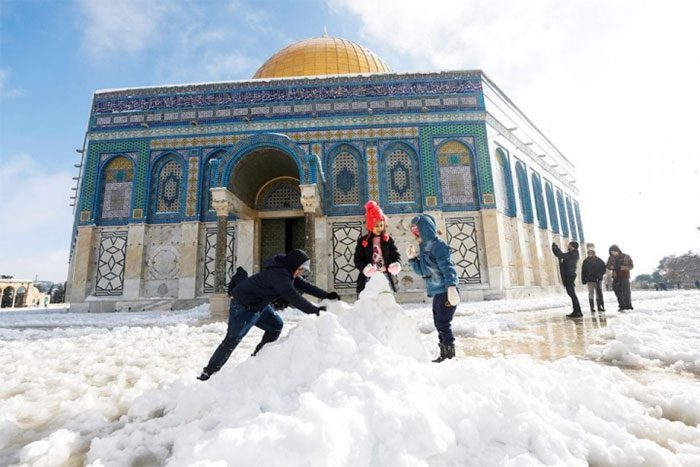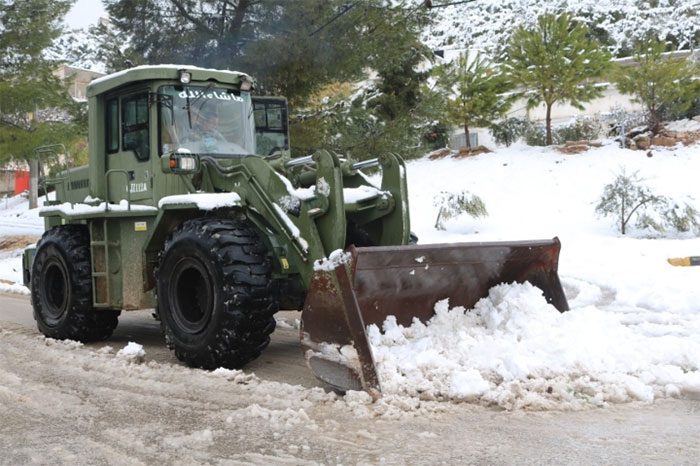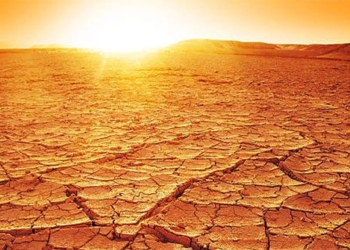On January 27, snow covered the region of Jerusalem and the eastern Mediterranean after a snowstorm transformed the holy site into a winter wonderland.
The snowstorm had previously swept through Athens (Greece) and Istanbul (Turkey), severely disrupting the lives of residents in areas accustomed to hot summer days. The rare snowfall brought joy to the people in Jerusalem but posed challenges for many Syrian migrants.
The Israel Meteorological Service reported snowfall of 15-25 cm overnight on January 26. Major highways were blocked due to heavy snow, prompting officials to deploy snow removal vehicles to clear the roads connecting Jerusalem from the north, south, and west.

Snow covers the area in front of the Dome of the Rock on January 27, 2022. (Photo: Reuters)
Schools in Jerusalem and northern Israel were forced to close and will only reopen when temperatures rise and rain falls. The freezing weather has led to increased demand for heating electricity. The Israeli Electric Company reported the highest electricity consumption ever recorded on the night of January 26.
Snow also blanketed the occupied West Bank, causing schools and many offices of the Palestinian Authority to close.

Some engineering units were mobilized to clear snow from the streets in Amman, Jordan, on January 27, 2022. (Photo: PETRA)
Similarly, many roads in the capital city of Amman, Jordan, were congested due to heavy snowfall. The Jordan Meteorological Department forecasted that snow would continue to fall in some highland areas, with temperatures expected to drop to freezing levels on the night of January 27.
Egypt has also experienced its coldest winter in decades, with temperatures dropping 7-8 degrees Celsius below the annual average. The storm caused waves as high as nearly 6 meters, disrupting all maritime transport activities in the eastern Mediterranean.




















































